Hysteroscopy
What is hysteroscopy?
A procedure in which the surgeon uses the hysteroscope (telescope) and introduces it through the cervix (neck of the uterus) to the uterine cavity, and by using a fluid (or gas) to distend the uterine cavity, the cavity is visualized using a light source for illumination, and instruments are used for operating.
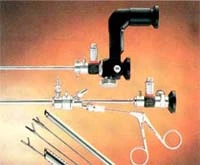
Some instruments used in hysteroscopy
Indications of hysteroscopy
Abnormal Menstrual Loss:
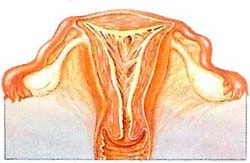
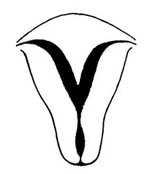
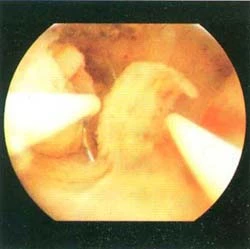
Using the hysteroscopy, the cause of bleeding from the uterus can be found and dealt with.
It could be due to benign tumors or malignant ones.
Large tumours within the cavity could lead to abortion.
Intrauterine Adhesions:
Which might be caused by uterine infections or previous curettage operations or operations on the uterine cavity.
The walls of the uterus get stuck together from these adhesions. Symptoms include abortion, infertility, or menstrual abnormalities.
The role of hysteroscopy is diagnostic and can help in dealing with them.
Sub-mucous Fibroids and Endometrial Polyps
This could cause infertility and recurrent abortion or premature labour. The septum is cut or cauterized using the hysteroscope.
Missed IUD:
This is rare, especially these days but the thread of the intra uterine contraceptive device could be cut and lost, and the IUD could be localized using the hysteroscopy and removed.
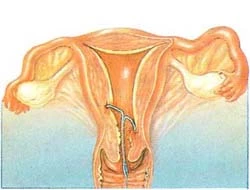
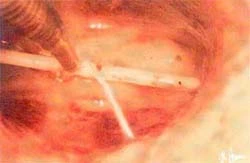
Endometrial Resection:
This is done in cases of abnormal menstrual bleeding (heavy, irregular periods).
The patient either has very light periods afterwards or stops having periods in most cases.
After the hysteroscopy operation the patient may feel:
Slight pain in the lower part of the abdomen and may lose some blood coming from the vagina. One-day rest or you may check with your doctor if you are worried.
Dr Najeeb Layyous F.R.C.O.G
Consultant Obstetrician, Gynecologist and Infertility Specialist







 Pregnancy Due Date Calculator
Pregnancy Due Date Calculator
 Chinese Gender Predictor
Chinese Gender Predictor
 Ovulation Calculator
Ovulation Calculator
 IVF Due Date Calculator
IVF Due Date Calculator
